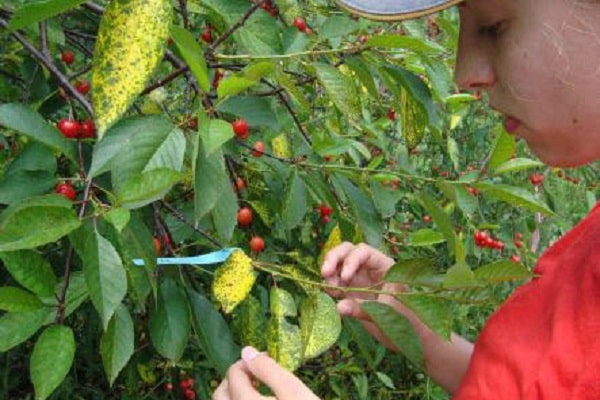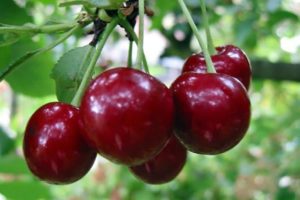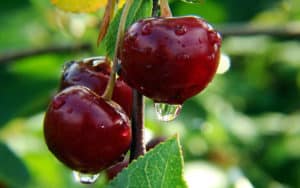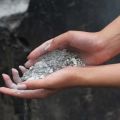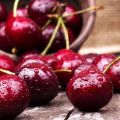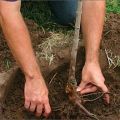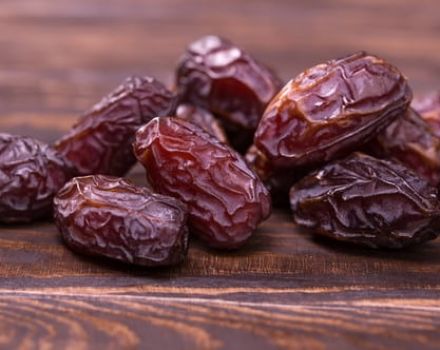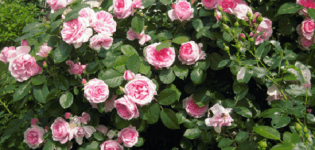How to treat cherries from pests in spring and autumn, methods of control and protection
The life of summer residents is darkened by the constant appearance of harmful insects on fruit trees. Every year summer residents struggle with this or that pest. Even preventive measures do not always help prevent insects. Cherry pests appear on trees also due to the proximity to other fruit crops. If this happens, then all the trees that grow in the garden can be affected.
Content
Causes and symptoms of tree infection
There are many reasons why harmful insects appear on cherry trees. The only way to prevent the emergence of pests is to constantly inspect the trees and take action as soon as necessary.

Cherry infestation symptoms:
- Decreased yield.
- Massive fall of foliage in summer and early autumn.
- Falling fruit.
- Appearance of yellow spots and "passages" on the leaves.
Reasons for the appearance of insects on cherry trees:
- Insects reproduce much faster if cherry trees grow next to the cherry or because of the proximity to the plum.
- Lack of seasonal preventive pruning of the crown.
- A lot of weeds on the site.
- The presence in the garden of a large number of ladybirds, ants, wasps and flies (these insects contribute to the appearance of aphids, since they feed on the sweet juice that aphids secrete).
- Lack of autumn preparation for winter.
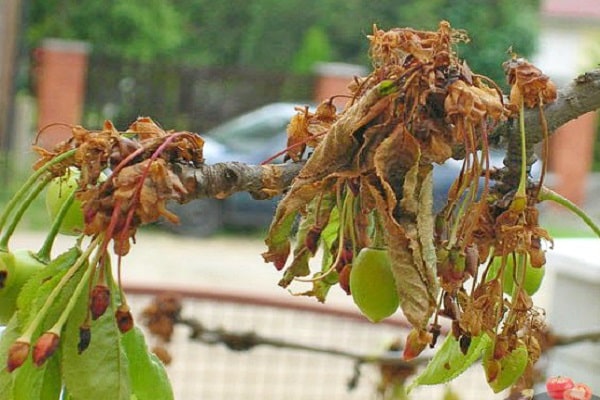
Most of the reasons for the appearance of parasites on cherry trees are associated with a lack of maintenance of the garden. Therefore, the main method of preventing the appearance of insects on cherries is sanitary pruning and preparing the garden for the onset of cold weather.
Varieties of harmful insects and the fight against them
Pests of fruit trees include aphids, moths, moths, cherry flies and a number of other insects. There are many reasons for the appearance of parasites on cherries. The sooner the appearance of pests on trees is detected, the easier it is to deal with them. If insects have filled the entire garden, then it is almost impossible to cope with them.
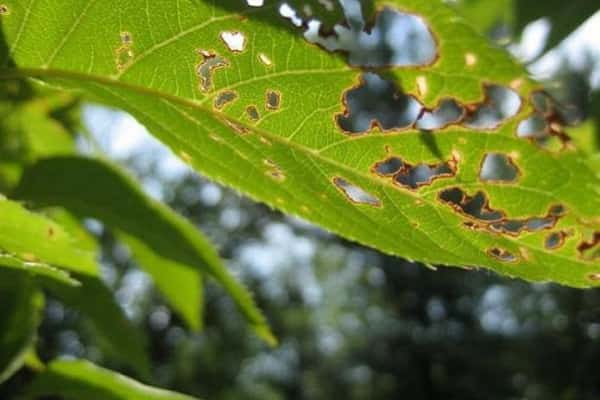
Aphid
Among the harmful insects that most often appear on fruit trees, aphids are distinguished. Aphids appear on leaves and stems. Aphids appear in the first decade of summer, when young shoots on the tops of the branches begin to grow. It multiplies rapidly and can fill the entire tree in a few days. Aphids feed on the sap of cherry stems and leaves. Gradually, the leaves dry up and fall off.
Because of aphids, trees stop growing, fungi develop on cherries and yield decreases. Pest control consists of the following actions:
- Decrease in the population of ants.
- Prune dry branches in spring and autumn.
- Process tree trunks with lime.
If the aphid has already appeared, the cherry is treated with a soapy solution with the addition of ash. And also mustard powder diluted in warm water.
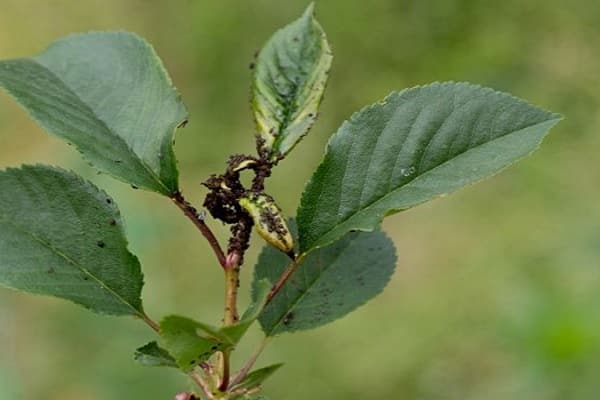
Slimy sawfly
The appearance of a slimy sawfly resembles slugs. The length of the sawfly is 4-5 mm. Sawflies move along the trunk to the leaves and gnaw out their juicy part, without touching the veins.
What are the ways to get rid of the sawfly:
- You can peel cherries with chemicals.
- If there are few sawflies, they are collected by hand or cleaned with a strong jet of water.
In large numbers, sawflies cause significant damage to cherries.
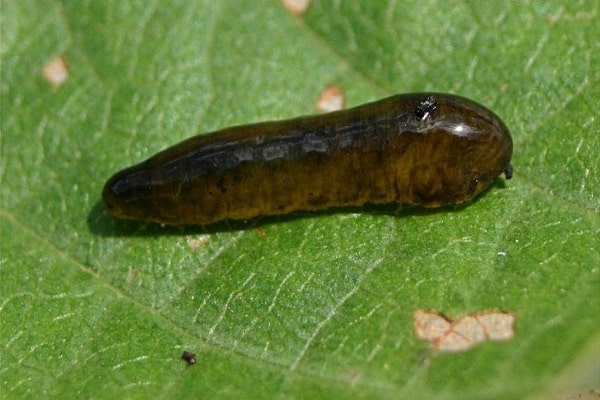
Weevil elephant
Weevil elephant with a length of 5 to 10 mm. The body is golden-green, with a metallic sheen. You can get rid of the weevil elephant using chemicals. The tree needs to be sprayed several times per season. Chlorophos is suitable for spraying. The processing is repeated after 10 days.
Instead of herbicides, decoctions based on tobacco or yarrow are used. To prepare the broth, you need to take 500 g of herbs and pour 2 liters of water. Boil the broth. Before spraying, dilute the broth with warm water.
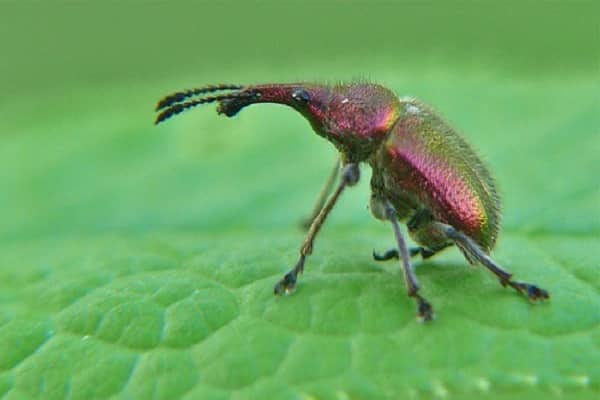
Cherry fly
The cherry fly is a small insect with yellow stripes on its wings. The fly has large green-yellow eyes. The main body is black. By winter, the cherry fly is wrapped in a cocoon no more than 13 cm long, mustard yellow.
The first signs of the appearance of the parasite:
- Massive fruit fall.
- On the foliage, larvae "passages" remain.
- By the beginning of autumn, the tree remains without leaves.
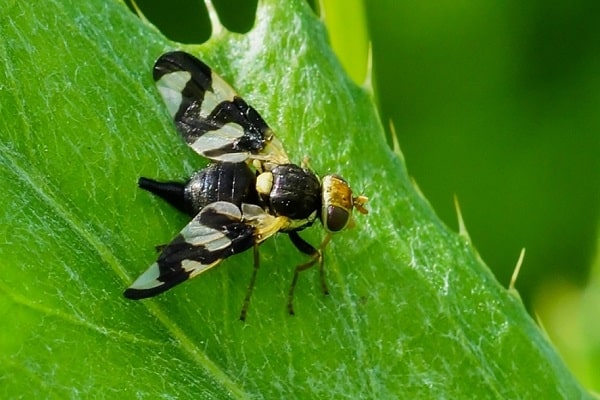
In spring, the fly feeds on cherry secretions, and in summer - on fruit juice. The cherry fly lays the larvae in the fruit. The larvae grow for 20 days, all this time feeding on the juice of the berry. When the larvae reach adulthood, they crawl out and wrap themselves in cocoons.
To prevent the appearance of flies, trees are treated with chemicals several times per season. You also need to spray the soil around the trunk. You should also regularly loosen the soil around the tree. In winter, the soil is dug to a depth of 25 cm.
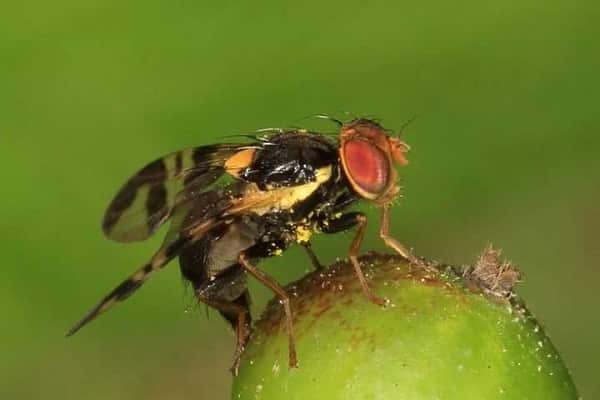
Mole
You can get rid of moths using the following remedies:
- Sprinkle cherries with Confidor Maxi. The second treatment is carried out after 2 weeks.
- Pour water over the dever with a hose under strong pressure.
Also, after the foliage falls, dig up the soil under the trees to a depth of at least 20-25 cm.
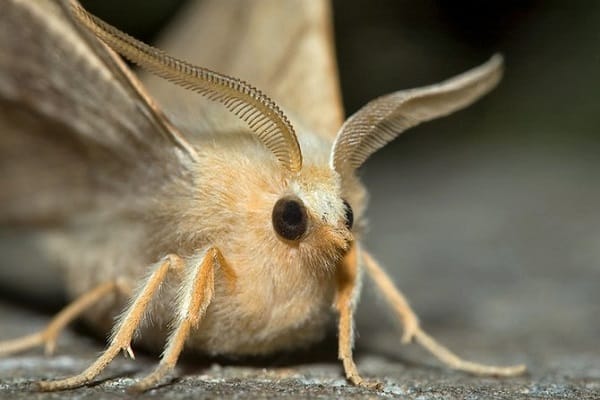
Fruit swamp
To determine the appearance of the fruit marsh, first study its description. The body length is 3-4 mm. The wings of the bog bog are brown-brown, shiny. The larvae are 4-5 mm long, beige in color. Females lay eggs in cherry buds.
For processing cherries use:
- Aktaru;
- Mospilan;
- "Vector".
Two weeks after the first spraying, the treatment of trees with chemicals is repeated. When spraying, it is important to ensure that the branches are well wetted in the solution. Introducing chemicals under the bark of the tree is also effective. For injections use "Arrivo", "Decis" or "Sherpa".
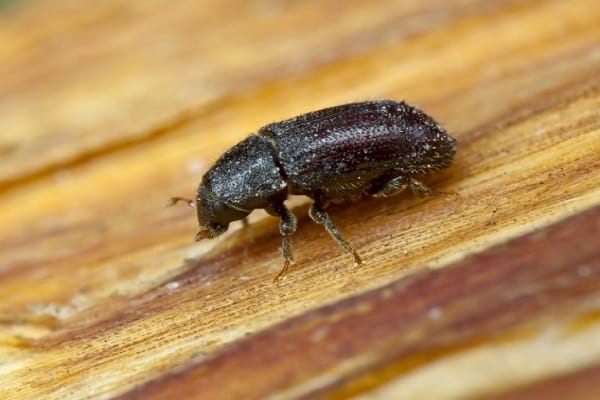
Hawthorn butterfly
The caterpillars of the hawthorn butterfly eat inflorescences and leaves that have not yet blossomed. Before pupation, caterpillars can cause significant damage to cherries. After flowering, the caterpillars begin to pupate.
A natural way of dealing with caterpillars is to attract birds to the garden. You can install birdhouses or cherry feeders. In early spring, butterfly nests are clearly visible and easy to remove. After removal, the nests are burned. Near the tree, you need to spread a cloth and shake the tree strongly, the fallen caterpillars are collected and burned together with the cloth.Of the chemicals, the drugs "Gerold", "Aliot" or "Fury" are effective.

Plum moth
To combat the plum moth, chemical and biological methods of control are used. If berries have appeared on the cherry, then it is advisable to give preference to biological ones. For this, decoctions of yarrow or tobacco are used.
You can spray with drugs:
- "Decis";
- "Alatar";
- Knimix;
- Fufan.
Spray the cherries with chemicals twice. The cherry is treated for the second time 7-10 days after the first spraying. The beginning of June is considered a favorable period for processing. The second processing is carried out in mid-July.
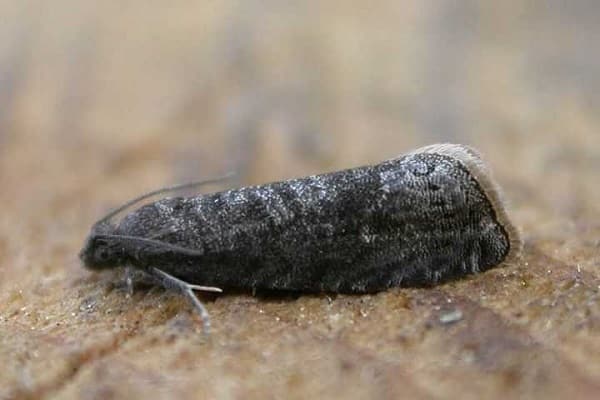
Goldtail silkworm
The goldtail butterfly lays eggs in the foliage. When the larvae hatch, they try to sap the leaves. After only veins remain from the leaf, it is wrapped in cobwebs. By winter, the golden-tails are wrapped in cobwebs and leaves, and with the onset of warmth they wake up and feed on the kidneys.
An aqueous solution of "Karbofos" is used to combat the gold-tail. You can also shake off the larvae and collect them by hand. Trees are sprayed with biological products, for example, "Lepidocide" or "Bitoxibacillin". Birdhouses are also installed on cherries to attract swallows, swifts and starlings.
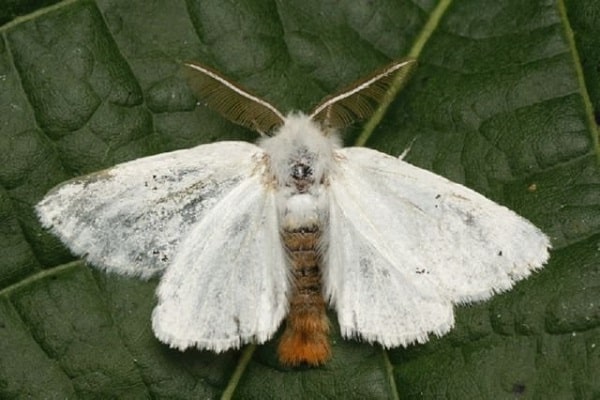
Prevention and seasonal treatment
As protection from harmful insects, preventive measures are taken. The less time is devoted to caring for cherries, the more parasites appear on it.
Spring
In early spring, after the onset of heat, sanitary pruning is carried out. Those branches that do not have buds are cut off with a sharp secateurs, and the cut sites are treated with a disinfectant. For example, potassium permanganate or lime solution. They also dig up the soil in the spring.
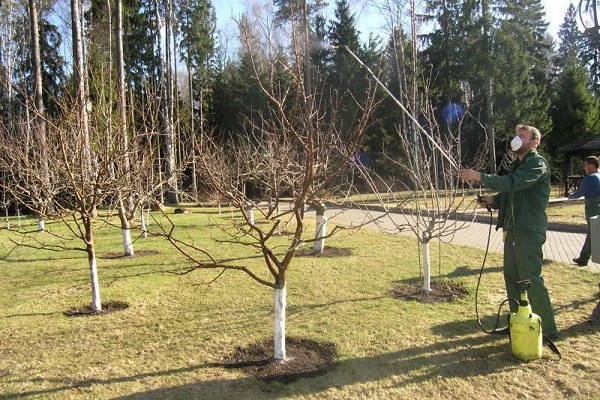
Summer
In summer, cherries are regularly examined for insects. You also need to periodically loosen the soil and remove all weeds from the site. In addition, if damaged leaves and branches appear on the trees, they are cut off and burned away from the site.
Autumn
In autumn, after harvesting, the soil must be dug to a depth of 20 cm. Insects prefer to winter and lay the larvae in the soil. Therefore, after digging up the soil, the parasites will find themselves on the surface of the earth, freeze and die in winter.
